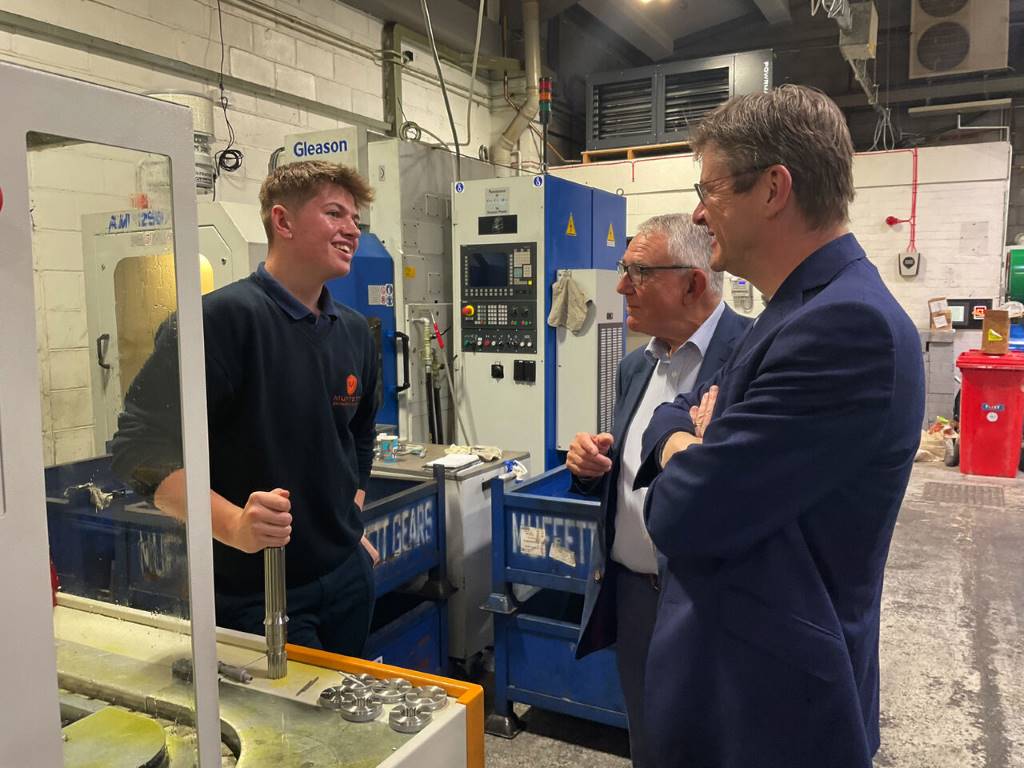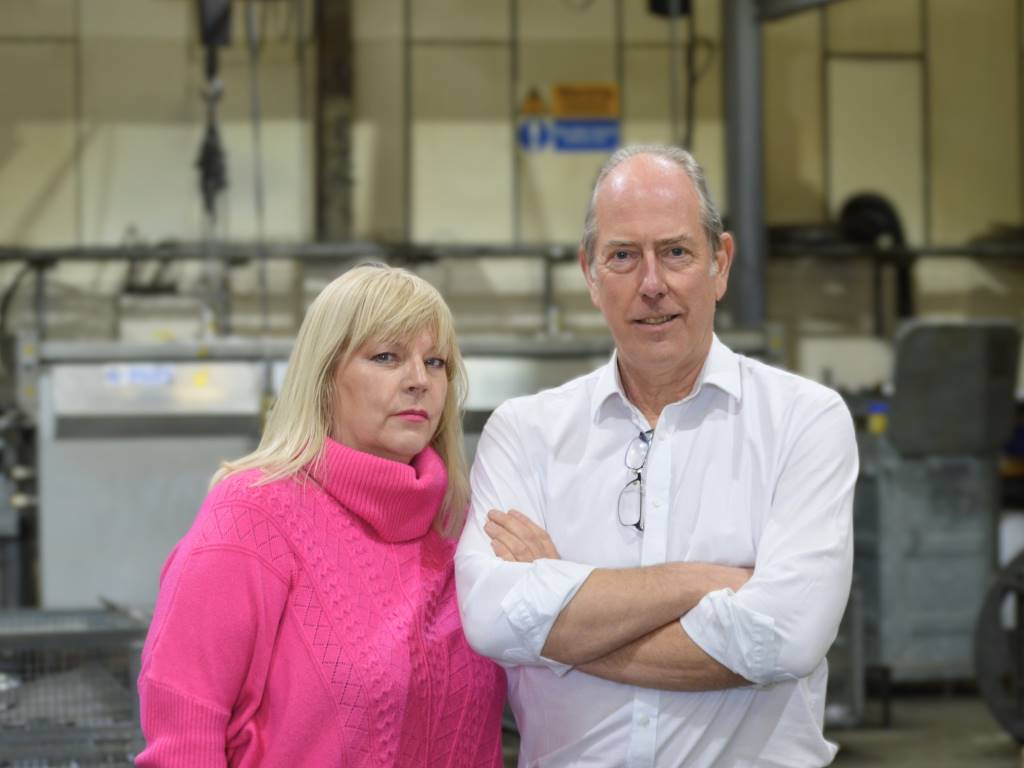Added control of laser processing

Amada’s new Ventis-3015AJ is the first fibre laser cutting machine to feature the company’s LBC (Locus Beam Control) technology.
According to the company LBC improves both processing quality and productivity in stainless steel and aluminium.
In combination with a newly developed, high-brightness, single diode module 4kW fibre-laser oscillator, LBC Technology is said to set a new world standard for laser profiling according to Amada.
In conventional fibre laser cutting systems, energy density reduces as material thickness increases, leading to a lack of efficiency and the need for defocusing the beam. Conversely, the use of LBC Technology, which is claimed to be a world first for the laser-cutting market, offers flexible beam pattern control matched to each application, while retaining high-efficiency cutting and high energy density.
Defocusing is therefore no longer required. In short, LBC Technology can freely manipulate the laser beam to create an infinite number of locus patterns that are advantageous to cutting performance.
For manufacturers of conventional fibre-laser systems, the only way to negate the loss of energy density is to increase the power output of the laser oscillator, but this comes at a cost, both in terms of purchase price and greater electricity consumption.
In contrast, the new Ventis, with its specially developed, single diode module 4kW oscillator and LBC technology can reduce electricity bills by 30%.
The LBC technology equipped Ventis-3015AJ has three primary functions: Productivity mode, Quality mode and Kerf Control mode.
In Productivity mode, users can realise a significant improvement in throughput when cutting stainless steel and aluminium with nitrogen. For instance, when processing stainless steel, the Ventis with LBC technology will prove twice as fast as using a conventional 4kW fibre laser cutting machine, while aluminium will be two to three times faster. These performance levels, in tandem with lower energy consumption, can reduce processing costs by up to 75% in some instances.
Quality mode, as the name suggests, improves surface roughness and resultant dross levels. Cut quality is assured by reducing surface roughness by approximately 50% when compared with a conventional machine, while dross is minimised to less than 10μm.
Recent trials at Amada’s facility in Japan showed 15mm stainless steel to be dross-free after cutting. This outcome means that users can eliminate secondary operations such as deburring and reduce processing costs. Moreover, even though operating in Quality mode, the trial was run at a cutting speed faster than a standard 4kW fibre laser cutting machine.
Finally, Kerf Control mode enables long-term stable processing during automated system operation. By controlling the locus beam, the kerf width can be controlled to 2.3 times wider than general fibre lasers. In fact, the system is able to control kerf width for optimal efficiency based on the material type and thickness being processed.
The result is consistent part removal and long, stable processing during operation. No longer will laser cutting shops have to struggle with components stuck within the sheet because the part picker cannot deal with the narrow kerf width.
Offering 3,070 x 1,550 x 100mm in the X-, Y- and Z-axes respectively, the new Amada Ventis is powered by the company’s proprietary AMNC 3i control. The most notable gains from the integrated LBC technology are available on stainless steel up to 20mm thick, and aluminium up to 18mm. Ventis can also be used for processing many other materials, including mild steel (up to 25mm), brass (10mm) and copper (8mm).
The Ventis-3015AJ will be launched in the UK at Amada’s Technical Centre, in Kidderminster in September.
Amada www.amada.co.uk













